Laminectomy & Fixation of Lumber Spine
Laminectomy is a type of surgery in which a surgeon removes part or all of the vertebral bone (lamina) to relieve compression of the spinal cord or the nerve roots that may be caused by injury, herniated disk, spinal stenosis (narrowing of the canal), or tumors. A laminectomy is considered only after medical treatments have proven to be ineffective. For lumbar laminectomy surgery, you will lie face down on a special device that carefully pads the front of your body. You’ll be put under general anesthesia, so you’ll sleep during the procedure.

Who Needs Laminectomy & Fixation of Lumbar Spine
Individuals experiencing severe back pain, numbness, tingling, and weakness in the legs due to conditions like spinal stenosis, herniated discs, or degenerative disc disease may be candidates for this procedure. Those who have not responded well to conservative treatments such as medication and physical therapy may benefit from laminectomy and fixation.
When to See a Specialist
If you are struggling with persistent lower back pain, radiating leg pain, or neurological symptoms like weakness or numbness in the legs, it’s advisable to consult a spine specialist. They will evaluate your symptoms, conduct imaging tests, and determine if you are a suitable candidate for this surgery.
Procedure
- Preoperative Assessment: Your medical history, physical examination, and diagnostic imaging (MRI, CT scans) are reviewed to determine the location and extent of the spinal issues.
- Anesthesia: General anesthesia is administered to ensure your comfort during the surgery.
- Laminectomy: The surgeon makes an incision over the affected area of the lumbar spine. The lamina, a portion of the vertebral bone that covers the spinal canal, is removed to create more space for the nerves and spinal cord.
- Discectomy (if needed): If a herniated disc is causing compression, the surgeon may remove or repair the damaged portion of the disc.
- Fixation: Implants such as screws and rods are placed in the spine to stabilize it. This promotes fusion between vertebrae, which increases stability and reduces pain.
- Incision Closure: The incision is closed with sutures or staples, and a sterile bandage is applied.
Road to Recovery
Recovery after laminectomy and fixation varies depending on the extent of the procedure. You may need to stay in the hospital for a few days. Physical therapy is typically recommended to help you regain strength and flexibility.
Risk Management
As with any surgery, there are potential risks, including infection, bleeding, nerve damage, blood clots, and complications related to anesthesia. Your surgeon will discuss these risks and precautions to minimize them.
Benefits of Laminectomy & Fixation of Lumbar Spine
- Pain Relief: The procedure aims to relieve chronic back pain and leg pain caused by spinal compression.
- Improved Mobility: By alleviating pressure on the nerves, the surgery may improve your ability to walk and perform daily activities.
- Spinal Stability: The fusion of vertebrae with implants helps stabilize the spine and prevent further degeneration.
Frequently Asked Questions
How long does the surgery take?
The duration of surgery varies depending on the complexity of the procedure, but it typically ranges from 2 to 4 hours.
Will I need to wear a brace after surgery?
Depending on your surgeon’s recommendation, you may need to wear a brace temporarily to support your spine during the initial healing period.
When can I return to work and normal activities?
Recovery times vary, but most patients can return to light activities within a few weeks and resume more strenuous activities after a few months.
Are there any alternatives to surgery?
Conservative treatments like physical therapy, medications, and injections are often tried before surgery. However, if these methods do not provide sufficient relief, surgery may be necessary.
What is the success rate of laminectomy and spinal fusion?
Success rates are generally high, with many patients experiencing significant pain relief and improved quality of life. Your surgeon can provide more specific information based on your condition.
Treatment Plans
- Trauma & intensive care $59
- Aged Care $29
- Community Services $25
- Diagnosis & Investigation $48
- Medical & Surgical $82
- Mental Health $74
- Rehabitation $24
- Specialised Support Service $19
- Trauma & intensive care $59
- Aged Care $29
- Community Services $25
- Diagnosis & Investigation $48
- Medical & Surgical $82
- Mental Health $74
- Rehabitation $24
- Specialised Support Service $19
Treatians As The Best Choice
Treatians understand that seeking medical treatment abroad can be a daunting experience for patients and their families. That’s why the company offers end-to-end support to its clients, from the initial consultation to post-treatment care. The company provides personalized treatment plans that are tailored to meet the individual needs of each patient, and its team of dedicated professionals is always on hand to provide guidance and support throughout the entire process. Contact us at +91-7982312582, drop your email [email protected]
- Trauma & intensive care
- Aged Care
- Community Services
- Diagnosis & Investigation
- Medical & Surgical
- Mental Health
- Rehabitation
- Specialised Support Service
Service Recipient Says

Oxmox advised her not to do so, because there were thousands of bad Commas, wild Question Marks and devious.
Kolis Muller NY Citizen
Oxmox advised her not to do so, because there were thousands of bad Commas, wild Question Marks and devious.
Kolis Muller NY Citizen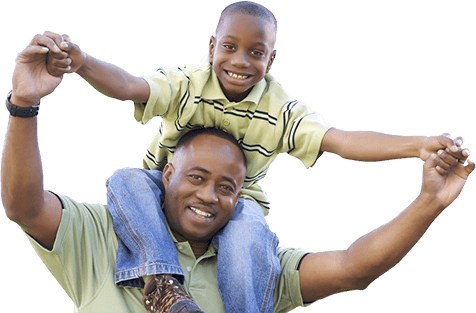












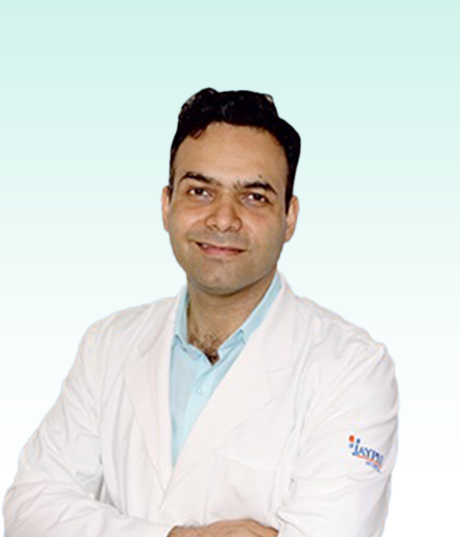
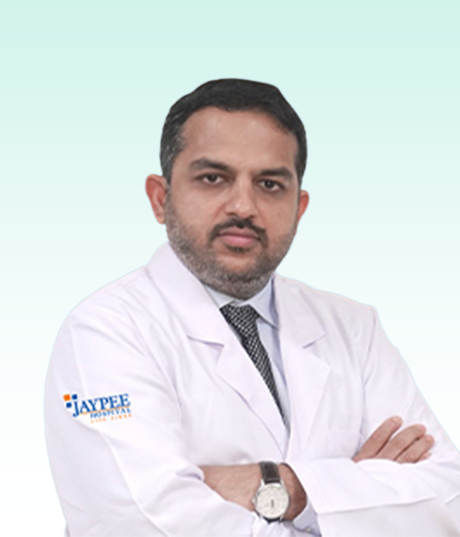
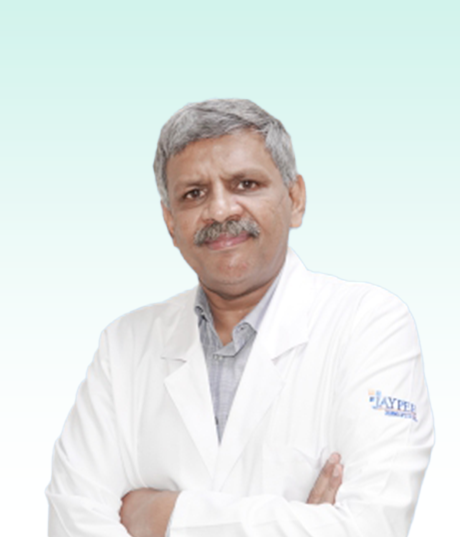


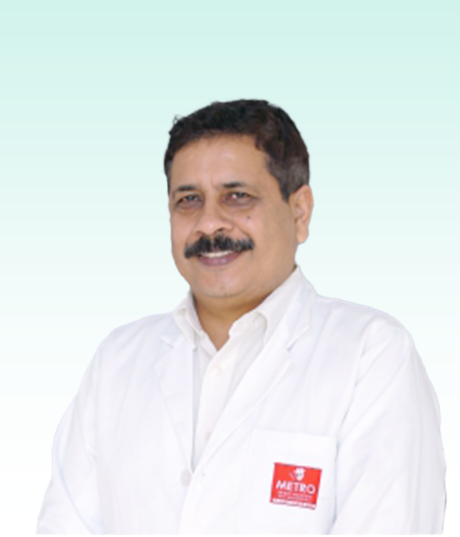






Oxmox advised her not to do so, because there were thousands of bad Commas, wild Question Marks and devious.
Kolis Muller NY Citizen